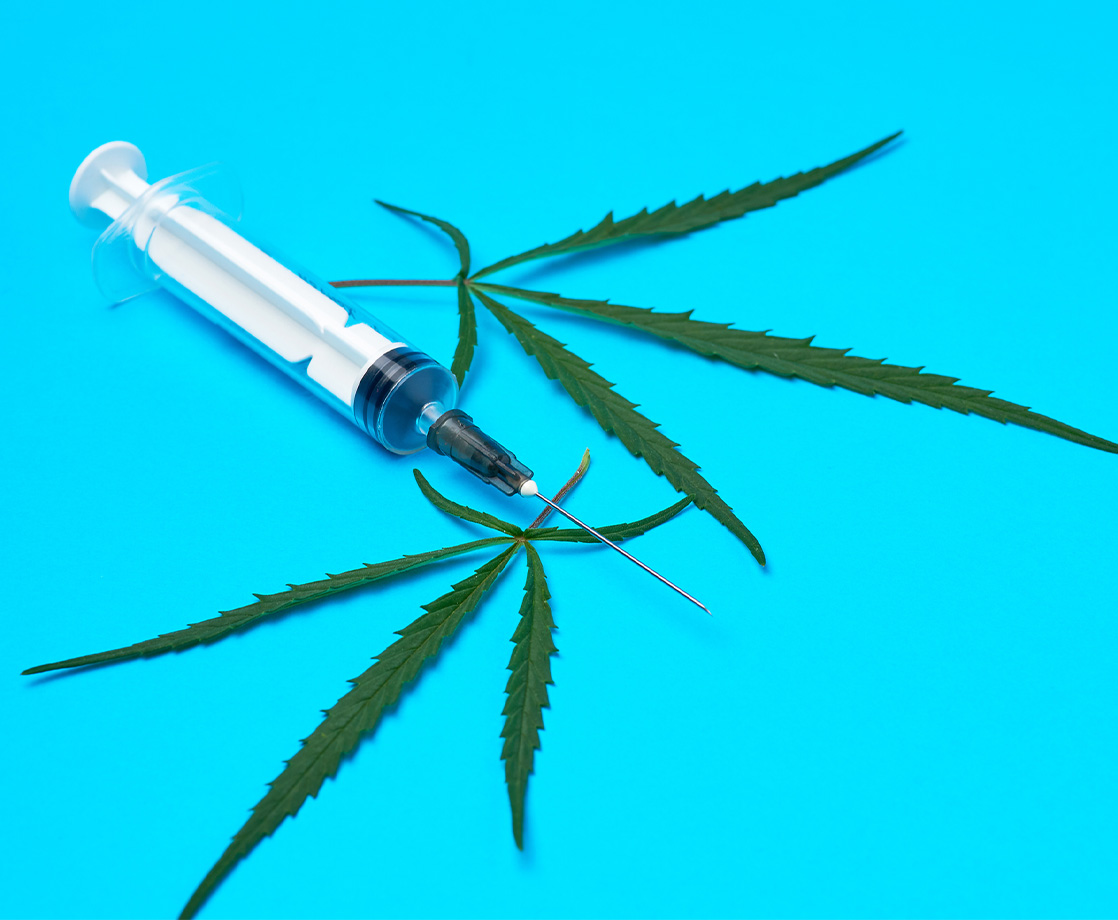Rates of cannabis use among children and teens have steadily declined in adult-use states. In fact, the decrease has been so significant that even the federal government has taken notice.
At a recent meeting with North Dakota lawmakers, an official from the White House anti-drug task force acknowledged that teen pot use rates have steadily declined in Colorado and other adult-use states. Dale Quigley, the deputy coordinator for the National Marijuana Initiative, a division of the High Intensity Drug Trafficking Area (HIDTA), made these statements during a presentation discussing the long-term impacts of legalization.
“In looking at the state of Colorado for 12-to-17 year old current use, we had a spike in ’14, but overall the use rates in Colorado have been declining, and that matches what we’re seeing in other states and also the trend we’re seeing nationally,” said Quigley, according to Marijuana Moment. “For some reason, the use rate among this age bracket is going down. We’re not 100 percent sure why it’s going down. It’s a good thing that it’s going down, but we don’t understand why.”
For his presentation, Quigley used data from the US Substance Abuse and Mental Health Services Organization (SAMHSA), an agency that conducts annual surveys on drug use. The survey data reported that while Colorado teens are more likely to smoke pot than the average American teen, their rate of pot use declined by 15.8 percent from 2013 to 2018.
Even as more states legalize medical and adult-use cannabis, the overall rate of weed use among American teenagers continues to fall. According to SAMHSA, adolescent pot use declined by 8.2 percent from 2013 to 2018. In North Dakota, where cannabis remains prohibited, teen use has only fallen by 5 percent in that same time frame. That’s only one third of the rate of decline seen in Colorado — where pot is legal.
The government surveys also ask teens whether or not they perceive cannabis consumption to be potentially harmful. The number of adolescents that said yes to this question also declined from 2013 to 2018.
“What we can see with the kids, according to the data from SAMHSA, is that the perception of harm in marijuana has been consistently going down over the course of time,” Quigley explained to lawmakers. “They don’t see it as being as risky or dangerous to consume. When risk and harm go down, and availability goes up, so does use rates.”
Quigley’s own data completely contradicts his claim, however. The perceived sense of harm declined by 18.6 percent in Colorado between 2013 and 2018, but the rate of teen use also declined just as drastically, even as the availability of weed increased. In North Dakota, perceptions of harm decreased by 23 percent in that time frame, but teen pot use still decreased modestly. On a national level, the number of teens who felt weed was dangerous declined by 6.8 percent, while national rates of teen use also decreased by a similar percentage.
The White House official contradicted himself again when he tried to explain why Colorado teens were smoking less weed. “We’re not exactly sure,” he said. “We’re hearing anecdotal stories about kids that are afraid of the potency levels, you know, teens that have had adverse reactions to vaping and concentrates.”
Quigley suggested that teens were shying away from weed because they were scared of higher-potency products, but just a few minutes earlier, he said that teens were becoming less and less convinced that pot was dangerous. And he presented the statistics to prove it.
The feds may not understand why teen pot use is declining in Colorado and similar states, but research studies have already provided some insight into the issue. Dozens of studies have found that rates of teen cannabis use have declined in adult-use states, as well as in countries like Uruguay, where pot is federally legal. Yet, in states like Utah — where pot is prohibited — weed use among teens is on the rise.
Researchers have not yet identified a conclusive explanation for the decline in teenage cannabis use. But, current research strongly suggests that increased regulation and age limits on legal weed purchases are a more effective deterrent to adolescent marijuana use than outright prohibition ever was. Other researchers have theorized that the de-stigmatization of weed has reduced its appeal, as pot is no longer a novelty. Teens who may have traditionally used cannabis to rebel against their parents or other authorities may also have lost interest now that pot is more socially acceptable.











